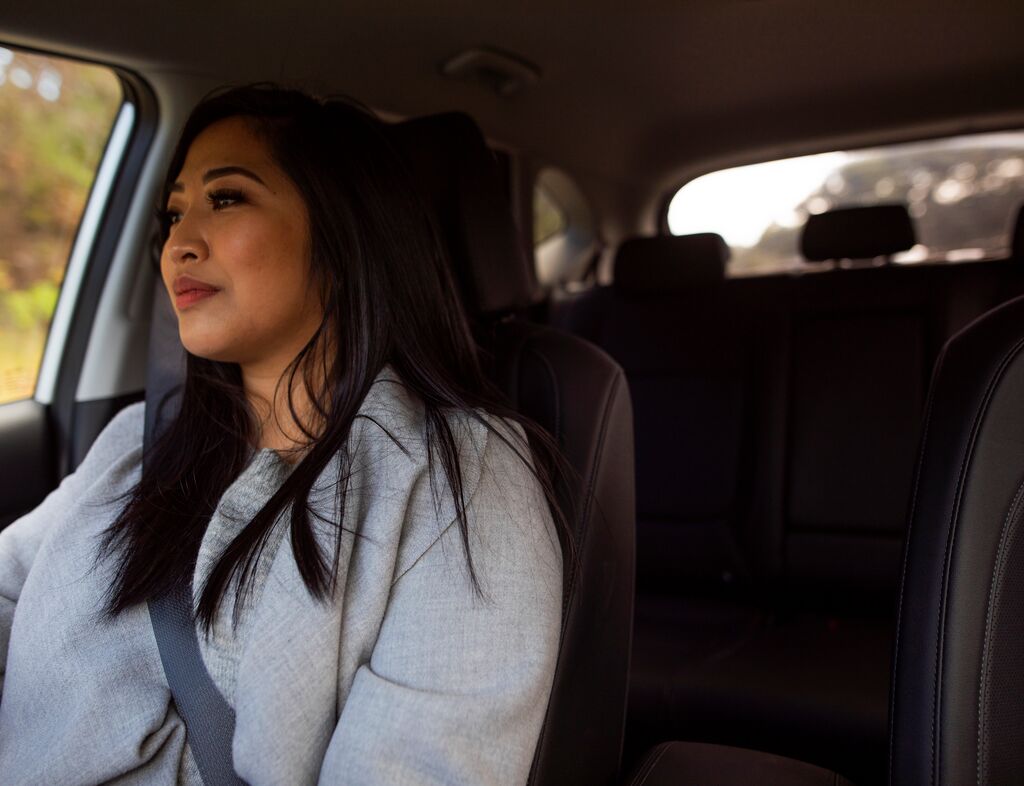Daylight savings doesn’t just mean less time in bed and an extra strong coffee in the morning. For the next six days (as the clocks went forward during the night), your driving could be affected too.
Less sleep, less safe?
It sounds like a bold claim – we’re not talking about jet lag, after all – but research suggests it takes six days to get used to the time change. Until you do, you may not get as much sleep – and even a small difference in this area can have a big impact.
According the University of Colorado, people who get six to seven hours of shut-eye a night are twice as likely to be involved in a crash as those who get eight hours. In fact, a lack of sleep is sometimes said to be as dangerous as drink driving.
The danger signs
So, how do you tell if your driving is affected? Here are ten signs that suggest you may need to take a break:
1. Difficulty focusing
2. Frequent blinking
3. Heavy eyelids
4. Daydreaming
5. Trouble remembering the last few miles you’ve driven
6. Missing exits or signs
7. Yawning repeatedly or rubbing your eyes
8. Finding it hard to keep your head up
9. Finding it hard to stay in lane
10. Feeling restless and irritable
Planning ahead
The good news is that a bit of forward planning can help you cope with this challenge. A proper night’s sleep is, obviously, the best remedy, but you could also have someone in the car with you on long trips, schedule regular stops and avoid alcohol or medication.
But what if you’re in car on your own and are starting to struggle? A 20-minute nap can work wonders, if you can find somewhere safe to park, or you could try a strong cup of coffee.
Let the car help
The dangers of drowsy drivers are recognised by many car manufacturers, so your vehicle may have built-in systems to help. Speed alerts, blind spot monitoring and emerging braking systems can reduce the chances of making a mistake, while Electronic Stability Programme (ESP) also known as Dynamic Stability Control (DSC) means you’re less likely to skid after the error.
Some cars even have advanced systems to detect when drivers are struggling, such as steering pattern monitoring and position in lane monitoring. These can alert you before problems start – hopefully jolting you fully awake until you can take more effective measures.
Put yourself first
The important thing to remember, though, is that even when you have these systems, they are only there to support you. They might provide a warning before a mistake, but everything remains in your hands. Common sense and good judgment still lie at the heart of good driving.
Sources:
https://sleepfoundation.org/sleep-topics/drowsy-driving-vs-drunk-driving-how-similar-are-they
http://drowsydriving.org/




